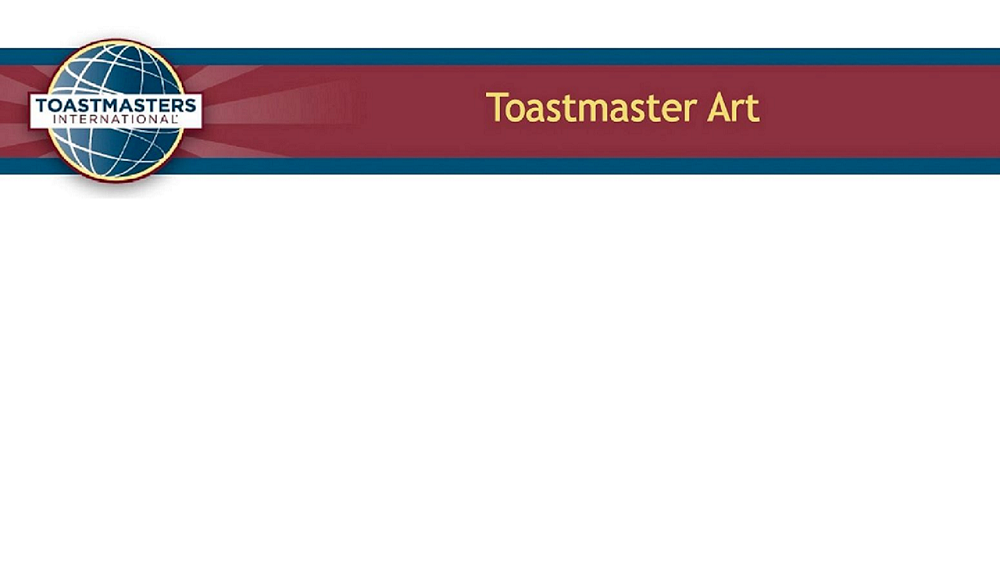Ah, yes. The Ah Counter flagged you at today’s meeting with ample “ands” and so many “sos.” Shame on you–right? Perhaps. Let us, as speakers and Ah Counters, learn when to know when these two words are used rightly, and wrongly as filler words.
Recognize that both are conjunctions. For those of you whose English class was a long time ago, “Conjunctions connect other words or groups of words to one another.”1 Specifically, they are coordinating conjunctions, in that when properly used they “join equivalent structures–two or more nouns, pronouns, verbs, adjectives, adverbs, prepositions, conjunctions, phrases, or clauses.”2 Do you remember the Schoolhouse Rock video, “Conjunction Junction?” Watch the three-minute video, again or for the first time, to learn about “hooking up words and phrases and clauses.” Link: https://www.youtube.com/watch?v=4AyjKgz9tKg
Let us first consider an example of proper and improper use of the word “and.”
Proper example: Joe was a contestant in the International Speech contest and the Tall Tales contest. “International Speech contest” and “Tall Tales contest” are “equivalent structures” in that they are both contests. This contest and that contest.
Improper example: I went to the store yesterday. And I decided to park in the nearest spot. While not grammatically incorrect in the purest sense, simply beginning a sentence with the word “and” is, here, superfluous. Why not simply say, in the second sentence, “I decided to park in the nearest spot”? Some speakers use a string of “ands” to link sentence after sentence after sentence, and that’s what the Ah Counter should ideally listen for. The solution? Insert a period!
Let us turn our attention to “so.” The conjunction “so” can connect independent clauses only. An independent clause can stand alone as a complete sentence.
Example: Betty opted to work four ten-hour days, so she gets Fridays off. The two independent clauses here are “Betty opted to work four ten-hour days” and “She gets Fridays off.”
A fellow Distinguished Toastmaster has suggested that if the word so in one’s sentence can be replaced with the word therefore, it is a legitimate usage. I am not sure if that is all-encompassing, but it seems to be a reasonable metric.
Two definitions of so as a conjunction that should prove helpful:3
1. in order that (often followed by that). Example: Look before you cross, so (that) you won’t get hit by a car.
2. with the result that (often followed by that). Example: He spoke loudly, so (that) everybody heard him.
I hope that you are better attuned to the proper and improper occurrences in your speeches and those of others of “and” and “so” such that you will properly use them in their proper function as conjunctions and avoid the ire of your meeting’s Ah Counter.
1Lunsford, Andrea, and Connors, Robert. The St. Martin’s Handbook. New Yor: St. Martin’s Press, New York, 1989. 148.
2Ibid.
3https://www.dictionary.com/browse/so.

